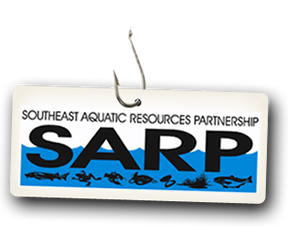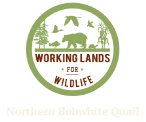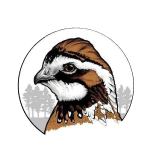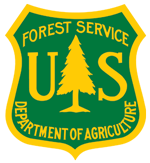Landscape Partnership Resources Library
Excercise - Using NALCC Conservation Planning Atlas on Data Basin
Excercise - Using NALCC Conservation Planning Atlas on Data Basin used for hands-on training at the CBFO partners meeting on September 10, 2015
Fact Sheet - Science Products from the North Atlantic LCC
Fact Sheet providing examples of Science Products from the North Atlantic LCC with links
Fact Sheet - The North Atlantic LCC in the Chesapeake Bay Watershed
Fact Sheet providing examples of products and partnerships associated with the North Atlantic LCC in the Chesapeake Bay Watershed with links
Presentation - Overview of North Atlantic LCC Approach, Partnership & Products & Some Coastal Stuff
Presentation by Andrew Milliken at CBFO on September 10, 2015 - Overview of North Atlantic LCC Approach, Partnership & Products & Some Coastal Stuff
Presentation - Aquatic, Terrestrial and Landscape Conservation Design Tools and Products of the North Atlantic LCC
Aquatic, Terrestrial and Landscape Conservation Design Tools and Products of the North Atlantic LCC -- presentation by Science Coordinator Scott Schwenk at Chesapeake bay Field Office, September 10, 2015
Agenda North Atlantic LCC Meeting with USFWS Chesapeake Bay Area Staff
Agenda for North Atlantic LCC Meeting with USFWS Chesapeake Bay Area Staff on September 10, 2015 at the Chesapeake bay Field Office
Instructions – Central Appalachian Spreadsheet
This spreadsheet is a subset of a larger data set that contains a compilation of climate change vulnerability scores for over 700 species in the Appalachian LCC.
Assessing the Potential Effects of Climate Change on Species in the Cumberland Piedmont Network of the National Park Service
In this study, we evaluate the climate change vulnerability of a subset of key species found in the Cumberland Piedmont Network (CUPN) of the National Park Service (NPS), an ecologically important and diverse region. We developed a list of species of conservation concern (globally and sub-nationally) within each of the fourteen NPS units in the CUPN. Next, we employed NatureServe’s Climate Change Vulnerability Index (CCVI) in order to determine which of those species may be most vulnerable to climate change, based on each species’ 1) direct exposure to climate change, 2) indirect exposure to climate change, 3) sensitivity, and 4) documented/ modeled response to climate change. CCVI results showed a range of vulnerability scores among taxonomic groups, including high vulnerability for mollusks and low vulnerability for migrant songbirds. Furthermore, we found that species of conservation concern were not necessarily those most vulnerable to climate change.
Notes from 06-12-2015 Connecticut River Pilot Core Team Meeting
Summary of discussion and outcomes, including maps used to facilitate discussion during the meeting.
Forecasting environmental change: modeling thermal refugia and brook trout abundance
Forecasting environmental change: modeling thermal refugia and brook trout abundance by Dr. Than Hitt
Presentation: Review and Lessons Learned
Slides to facilitate review meeting for the Connecticut River Pilot LCD
Connecticut River Pilot Comments and Options
Major Comments on Connecticut River Watershed Conservation Design and Potential Options to Address Them
Presentation: DSL Package Documentation, Abstracts
Powerpoint presentation slides reviewing spatial data layers and tables associated with the Connecticut River Landscape Conservation Design.
Decision Documentation (updated 04-10-2015)
Mid-depth summary of decisions made throughout the full pilot process
Document: Summary of January Core Team Meeting
Notes and summary of presentations and discussions at the January Core Team meeting.
Presentation: Climate Change in CTR Design
Presentation by Scott Schwenk on Climate Change in the Connecticut River Design
Presentation: Climate Metrics and Latest Design Drafts
Presentation by Kevin McGarigal. Reviews new climate stressor metrics and how they were incorporated to generate a new core area network design.
Decision Documentation (updated 03-27-2015) [Word]
Mid-depth summary of decisions made throughout the full pilot process. Word document for contributing edits via track changes.



